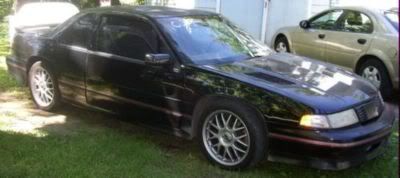Originally posted by robertisaar
View Post
Thats a neat trick I won't forget, thanks.
One thing you may be able to help with, I have a noticable pink burn on the ground electrodes (old plugs) and it doesn't seem to match anything in my plug reading chart. It is a very distinctive pink and appears to be burned into the electrode rather then stuck onto the surface.
edit: Does this mean my timing is too advanced if there is burnt pink on the ground electrode? Most timing I have is 38 at the peak of the map, 12-8 under boost.




Comment